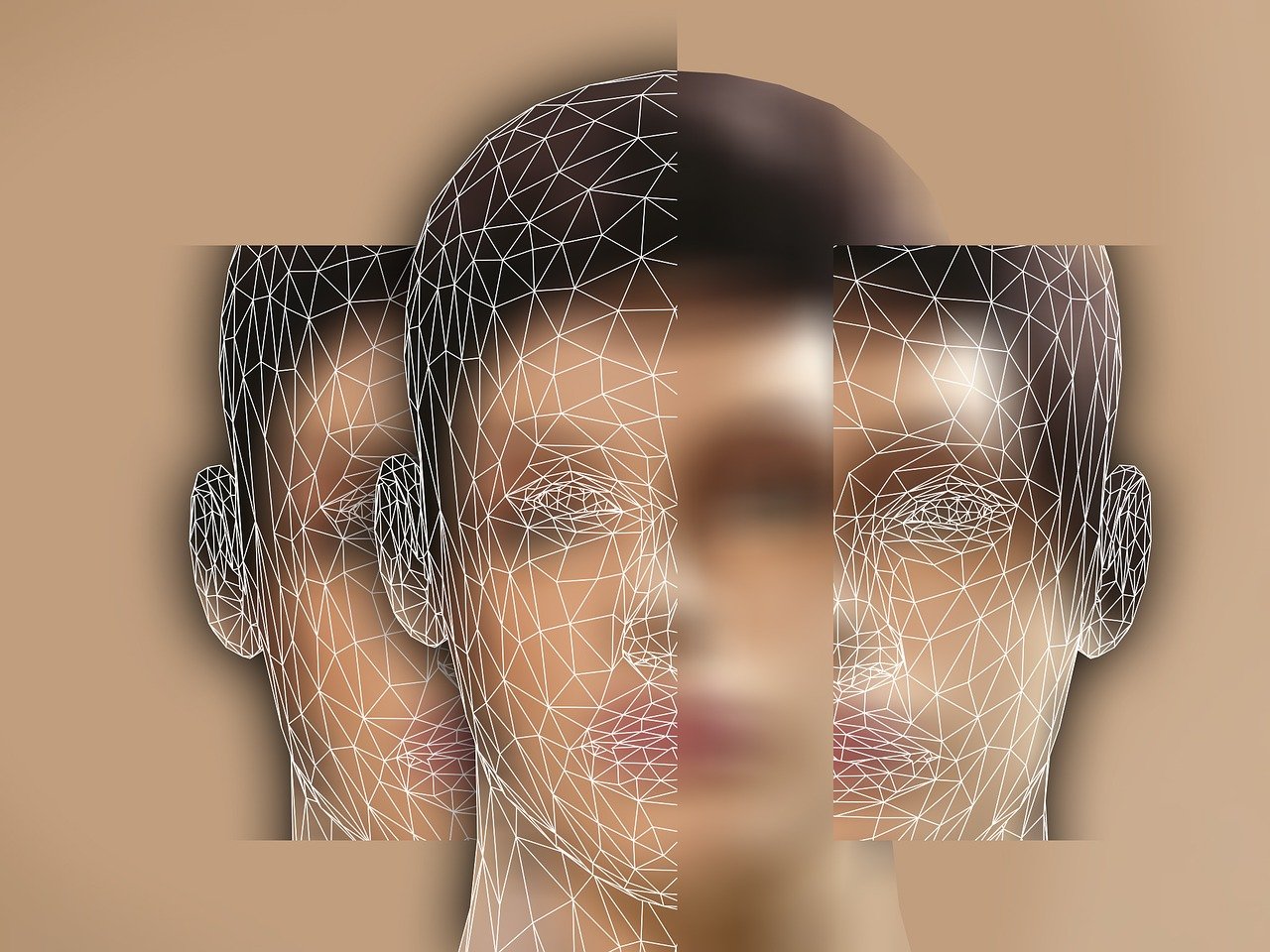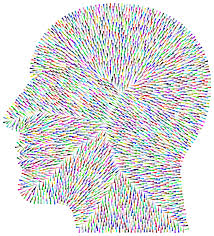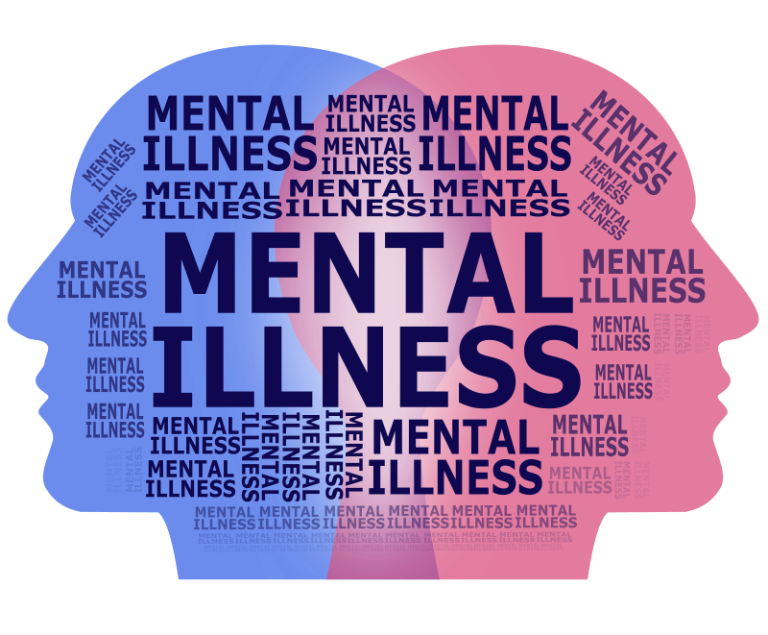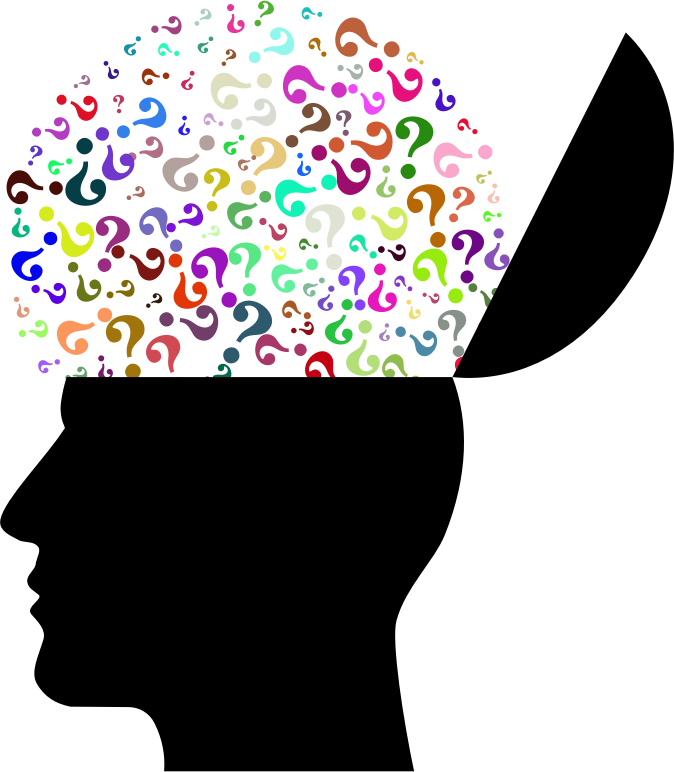Can Brain Waves and AI Help Tell BPD from Bipolar II?
Accurately distinguishing Borderline Personality Disorder (BPD) from Bipolar Disorder type II (BD II) has long been a clinical challenge. For carers and loved ones, misdiagnosis can feel like navigating a treatment maze with no clear path. New research published in PLOS ONE offers fresh hope. It explores how machine learning, combined with EEG (electroencephalography) brain scans and cognitive assessments, might one day help clinicians more precisely diagnose these overlapping yet distinct conditions.
Why This Matters for Families
BPD and BD II share many outward behaviours: mood instability, impulsive actions, and relationship difficulties. But their underlying causes, course of illness, and effective treatments are different. BPD is typically treated with long-term psychotherapy like Dialectical Behaviour Therapy (DBT), while BD II often requires mood stabilisers and structured psychiatric care. Misdiagnosis can delay the right support, deepen distress, and increase stigma. Carers are often the ones noticing patterns that don’t quite fit—and they deserve tools that support more accurate answers.
The Study: What Was Done?
Researchers in Iran enrolled 45 participants aged 18–50, including 25 diagnosed with BPD and 20 with BD II. All were assessed using EEG to measure brain activity and took two cognitive tests: the Wisconsin Card Sorting Test (WCST) and the Integrated Cognitive Assessment (ICA).
They then applied multiple machine learning algorithms to the data, with a focus on identifying which features most effectively distinguished the two disorders. The standout performer? The K-Nearest Neighbours (KNN) model, which achieved a remarkable 93% balanced accuracy.
Key Findings for Carers
- EEG Signals Matter Most: The machine learning model relied heavily on patterns in brain wave activity, particularly in regions like C3, Cz, P3, and T3. These EEG features showed consistent differences between the two groups.
- Cognitive Tests Less Useful: Surprisingly, cognitive scores (from the WCST) did not significantly differ between groups, though the ICA index did show some variation. This reinforces how difficult it can be to rely on behavioural assessments alone.
- Accuracy with AI: The machine learning models showed that, with the right data, it may be possible to accurately classify BPD and BD II—potentially helping avoid misdiagnosis in the future.
What This Means in Practice
This research doesn’t mean that an EEG test will replace psychiatric interviews tomorrow. But it does suggest a future where brain-based data could support more accurate, less subjective diagnoses. For carers, this reinforces what many already know: that emotional dysregulation, impulsivity, or withdrawal aren’t just behavioural choices—they’re linked to how the brain processes information and stress.
Understanding this can:
- Reduce self-blame and frustration when crises occur
- Validate the complexity of what carers observe
- Improve collaboration with clinicians by framing behaviours as part of neurological patterns
Limitations to Keep in Mind
This was a small study with only 45 participants. It did not include patients with overlapping BPD and BD II diagnoses, and all diagnoses were made using DSM-5 interviews—a tool that, while widely used, has its own limitations. Future studies will need to include larger, more diverse populations and potentially integrate data from genetic tests, neuroimaging, or long-term symptom tracking.
Implications for Policy and Research
If validated in larger trials, EEG and AI-based diagnostics could reduce misdiagnosis rates, accelerate treatment planning, and tailor care pathways to individual needs. Policymakers and funders should consider investing in further studies that incorporate neurobiological and machine learning tools for mental health diagnosis. Such innovation could lessen the burden on overstretched clinical services and improve outcomes for families navigating complex conditions.
What Carers Can Do Now
While this technology is still in the early stages, carers can benefit today from understanding its insights:
- Advocate for thorough, multidisciplinary assessments if a diagnosis feels uncertain
- Keep a structured record of symptoms and triggers to aid clinicians
- Explore psychoeducation about both BPD and BD II to understand overlapping features
- Connect with peer-led support groups to share insights and strategies
Final Thoughts
This study reminds us that the boundary between BPD and BD II is not just semantic—it’s biological. By identifying measurable brain patterns that distinguish the two, researchers move us closer to a future of personalised mental health care. For carers, that future can’t come soon enough.
To read the full research article, visit PLOS ONE. For carer-specific resources and support, visit BPD UK.
💬 Caring for someone with BPD?
👉 Book a FREE One2One support session
🧠 Join our FREE webinars and peer groups
📩 To book email us at: info.bpduk@gmail.com
Discover more from BPD UK
Subscribe to get the latest posts sent to your email.




